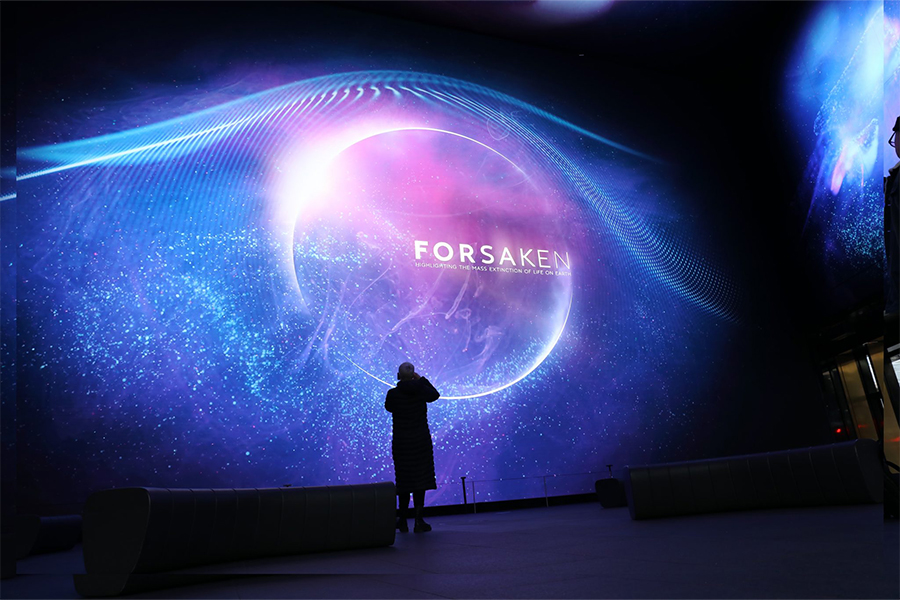- Good writing isn’t as easy as it reads.
- But if you KISS – ‘keep it simple, sweetie’* – there’s every chance you’ll write so the reader hears what you’re trying to say.
Start With Who
First, think about who you’re writing for.
For the WXO, the who are people who design and stage experiences: UX designers, CX specialists, travel experts, immersive theatre creators, experiential marketing pioneers etc. To find out more about these people, and even see what they look like, look at the WXO Founding Circle on the About page.
Next Try Why
Second, think about what why these people are visiting the WXO.
Remember the aphorism:
Good artists copy, great artists steal**
That’s why experience people come to the WXO site. Many of these people are great artists, innovators, and entrepreneurs. They’re looking for opinions and insights that will challenge or build on what they already know. They’re looking for ideas they can borrow, steal, rework and reuse – in order to create and stage better experiences.
So make sure every thing you write has an answer to the questions:
- Why should an experience designer (or stager) bother reading this?
- What – ideas, insights, methods – could an experience designer (or stager) take from this that would help them create a better experience?
- What does this tell the experience designer (or stager) that will impact how they create experiences?
Now For The What: Actual Writing Tips
To be clear, I’m not the world’s greatest writer or editor. (The UK newspaper Daily Mail once said ‘he does occasionally write like a Dalek‘.) But in my 20-odd years as a journalist and editor, I’ve had the chance to learn from a lot of people who are great writers and editors.
If you follow these tips – which I’ve mercilessly stolen from people who don’t write like Daleks and are far more successful than me – you’re more likely to create something the reader wants to read.
- Write short, sharp sentences. They’re easier to read. If you’d like a style guide, try The Economist.
- Use short words. Don’t use jargon.
- In News or Trend posts, every statement should be backed up by a fact, by evidence. This usually is in one of three forms:
- an example
- a statistic
- a quote
Note: since Views are opinion pieces, they can offer opinions.
- Ready for a long phrase? As an editor at The New York Magazine once told me, use ‘micro-specific concrete detail’. By that, she meant: avoid generalisations, instead bring your writing to life with precise details. The generalisation ‘We moved the furniture around’ is much harder to picture than ‘We put three chairs on the table’.
- Here are three useful tests to check what you’ve written is any good:
The Grandma Test: would you grandmother understand this? If so, good job.
The Picture It Test: would a person reading this be able to picture this?
The Taxi Test: what’s the one take-out a person should get from this? If that person was in a cab, and someone called and asked them about your viewpoint, would they be able to say the one thing it was about?
Additional Style Notes – last update March 2020
- To keep sentences short and simple, use the simplest construction of all: Subject Verb Object.
- Remember that it’s usually people who do things. Beware reflexive verbs for passive things,
- eg, ‘Branding itself an experiential bazaar’ – a firm/mall etc doesn’t do any self-branding. It’s the humans who do things 🙂
- Avoid abstract nouns.
- Say words that people use in real life. (I recognise this is sometimes hard, but it’s the exception that proves this rule.)
- eg, instead of ‘partake’, say ‘take part’
- Avoid vague terms, try to select specific terms that mean something.
- eg, ‘retailers want to increase footfall to their spaces’ – what’s a space?
- (This is a skill in improv too. Picture Improv Actor A passing an imaginary thing to Improv Actor B. Improv Actor A says, ‘Here, take this.’ Compare that with Improv Actor Actor A passing the imaginary thing over and saying, ‘Here, take this pineapple.’ Or ‘Here, take your grandmother’s head.’ We should aim to be specific for the reader in writing too.)
- Avoid strange terms
- ‘name checks’ seems silly to me. Why not just ‘names’? Is that just an Americanism?
- Beware: of too many colons.
- It’s much better to use a full stop. And then begin again.
Pedantic WXOisms
- Experience Economy – always capped
- ‘Says’ is simple & in most cases woorks fine.
- Eg, “Storytelling can make or break an immersive experience, finds Disney Imagineer Theron Skees”
- Better to replace finds with says
* The late Maya Angelou used to say this. I know because my friend Julia Hobsbawm told me. And she wrote about it at the beginning of her book, Simplicity.
** Picasso never said this, despite what Steve Jobs once claimed. For more on this quote, see what Garson O’Toole, the Quote Investigator, has to say about it.






